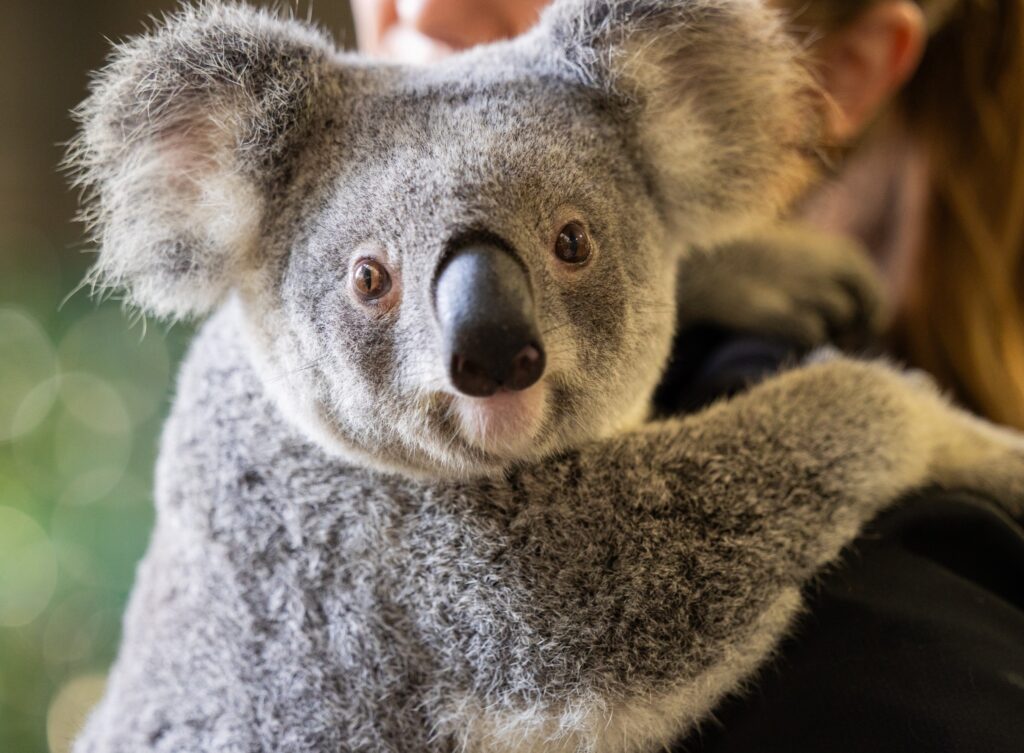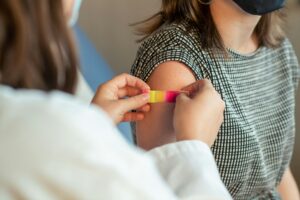
Koalas in Queensland and New South Wales are facing a dual threat that is jeopardizing their survival: a persistent virus in their blood and a bacterial infection that can cause blindness or infertility. A recent study has tracked 67 koalas to understand how stress hormones, virus levels, and infections interact over time, revealing a troubling pattern.
The study found that koalas with higher virus loads were more prone to developing diseases, and their stress markers increased as well. This research, led by Dr. Michaela Blyton from The University of Queensland, in collaboration with veterinarians from Currumbin Wildlife Hospital and Port Macquarie Koala Hospital, involved tracking koalas both in the wild and in care, measuring hormones in feces, and testing for infections.
Dual Threats to Koala Health
Chlamydia pecorum is a bacterial infection that can severely impact koalas, leading to conditions such as blindness, infertility, and even death if untreated. Meanwhile, the Koala Retrovirus (KoRV), a gammaretrovirus, is embedding itself in many northern koala genomes, circulating as infectious strains. The actively spreading forms of KoRV can elevate virus levels in the blood, potentially weakening the immune system and increasing the likelihood of Chlamydia infection.
The study sought to understand whether high virus loads precede disease onset or if certain koalas inherently carry higher viral burdens, making them more susceptible to infections.
Tracking Hormones, Virus, and Disease
Researchers used fecal glucocorticoid metabolites (FGMs) to noninvasively measure stress, correlating these findings with viral loads in plasma and Chlamydia lab tests. Two hormones, cortisol and corticosterone, were central to the study, both of which rise with stress and can influence immune system performance.
The study followed three groups: wild koalas under routine tracking, wild koalas admitted for symptomatic infection treatment, and non-releasable koalas kept in care due to previous injuries or illnesses.
Koala Stress Rises with Infection
Dr. Blyton noted, “Our study showed KoRV loads within individual animals were very stable over time. Even when a koala with Chlamydia was successfully treated, their KoRV load did not decrease.” This suggests that a high KoRV load increases susceptibility to Chlamydia, rather than the reverse.
“Stress and virus load tended to rise together across the animals, showing a clear link. The researchers reported an R² of 0.27, indicating that about 27 percent of the differences in one factor can be explained by the other.”
The study identified a glucocorticoid response element in the KoRV genome, suggesting that elevated cortisol could boost viral expression in certain cells. Dr. Blyton added, “Poor quality or disappearing habitat may increase stress, and koalas with higher average cortisol levels had higher average KoRV loads.”
Subtypes Shape Viral Burden
KoRV exists in both endogenous and exogenous forms, with their balance varying by region. Prior research indicates that exogenous subtypes can dominate circulating viruses. Koalas with a higher proportion of endogenous KoRV-A sometimes exhibit lower total viral loads, aligning with their subtype profiles. These variations may influence risk within and between populations, suggesting that genetics and maternal transmission early in life help set an individual koala’s long-term viral burden.
The Future of Koala Care
Dr. Blyton emphasized, “When we look at koala conservation strategies, we need to take a holistic approach because disease and environmental factors are linked.” If high KoRV loads raise disease odds, conservation efforts must address both infection and stress.
Preserving high-quality habitats is crucial for safeguarding koalas, as healthy populations depend on robust environments. Habitat conservation remains the first line of defense. Meanwhile, medical tools are advancing. Australia recently approved its first national vaccine to protect koalas from Chlamydia, with field results suggesting it could reduce mortality among wild populations.
Targeted screening could further improve outcomes for joeys. Selecting parents with lower KoRV loads for breeding programs might reduce disease risk in offspring.
Next Steps for Koala Health
Observational studies in threatened wildlife must navigate ethical and practical constraints, limiting controlled experiments on stress and infection. Therefore, careful time-series analyses like this one are invaluable.
Two pressing questions remain: Why do some koalas carry a persistently high viral load, and can antiretrovirals safely reduce it to improve long-term survival and fertility? The study, published in the Journal of General Virology, sets the stage for future research to address these critical issues.
—
Like what you read? Subscribe to our newsletter for engaging articles, exclusive content, and the latest updates.
Check us out on EarthSnap, a free app brought to you by Eric Ralls and Earth.com.







